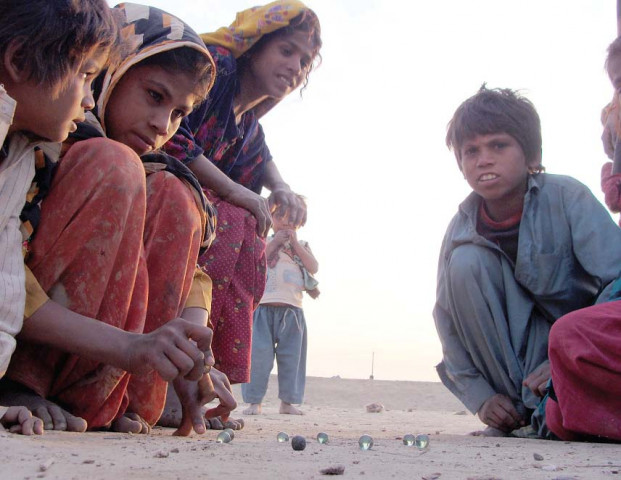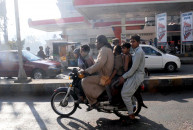State of our children
While child labour seems to be decreasing worldwide, in Pakistan it is actually increasing.

State of our children
Last year’s floods have worsened the already precarious health and education infrastructure. Out of the six million affected children, 3.5 million remain at high risk, plagued with malnutrition and disease. With the schools left standing being used as refugee camps, education is low on the agenda. The dropout rate is likely to be high, as families driven further into poverty by the floods will force children to leave school for work. Around 126 schools have also been destroyed by militants, mainly in the tribal areas and other areas affected by militancy, such as Swat and Dir.
While child labour seems to be decreasing worldwide, in Pakistan it is actually increasing. The chilling case of Shazia Masih which came to light early last year, drew outrage and condemnation but in the absence of a law regulating child domestic labour, children working in homes continue to be abused and deprived of their basic rights to education, health, play and decent accommodation. According to another NGO at least six children are abused across the country every day, with girls often abducted for sex and boys for sodomy. Not only are children inadequately protected against sexual abuse, programmes for psycho-social rehabilitation are virtually non-existent.
In short, there is little to cheer at, and even less to hope for. Nothing could be further from the goals enshrined in the UN Convention than the state of Pakistan’s children. Meanwhile, the development expenditure from which they could benefit is being slashed and the elected government, from which there were high hopes, no longer even pretends that children are a priority. In such a scenario, little change can be expected.
Published in The Express Tribune, May 16th, 2011.














COMMENTS
Comments are moderated and generally will be posted if they are on-topic and not abusive.
For more information, please see our Comments FAQ